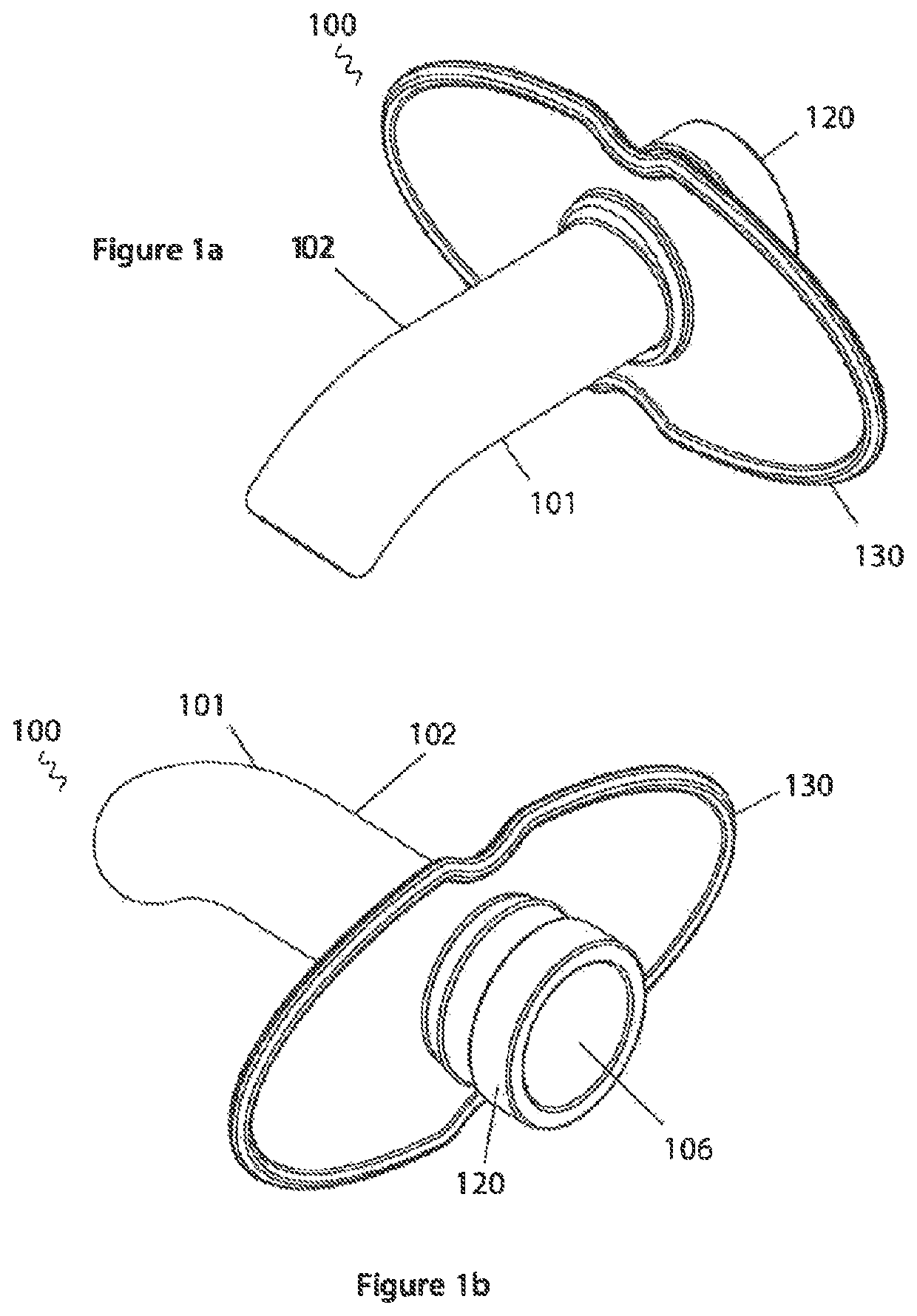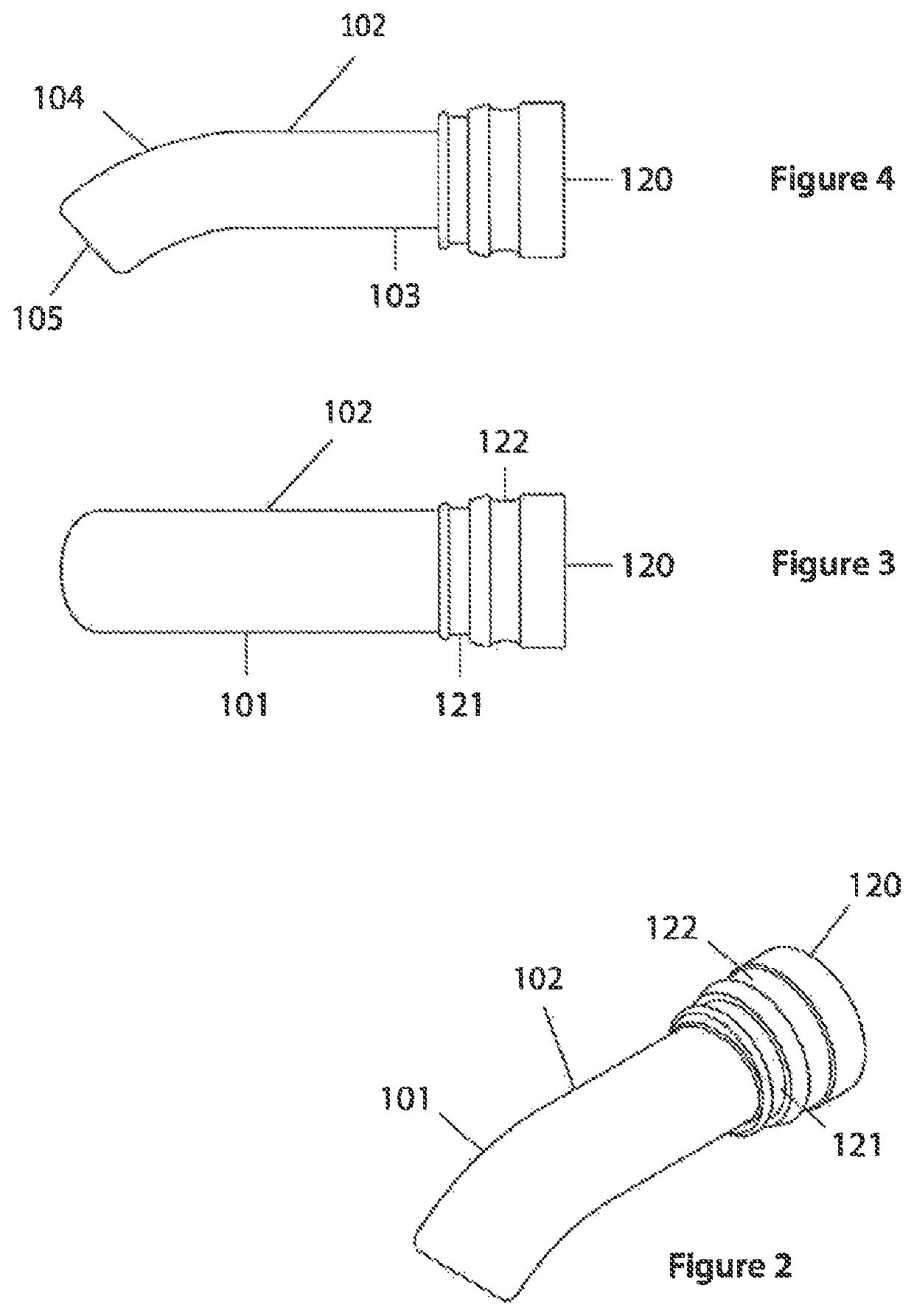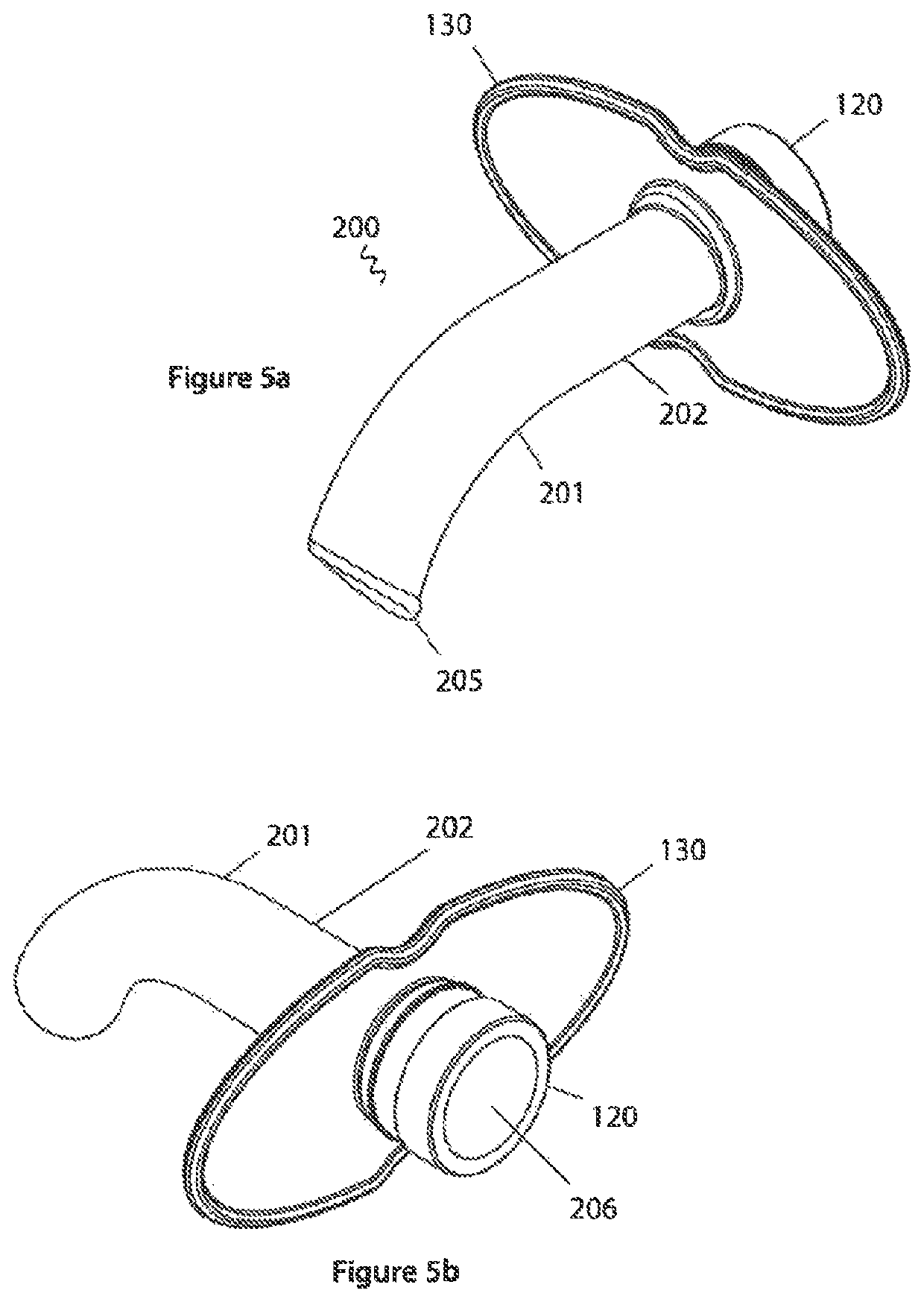Bag
Mask Valve ventilation is difficult in more than 5% of patients and impossible in 0.16%.
However it is frequently difficult to achieve a seal and this leads to more air injected into the
cuff.
Serious nerve palsies and laryngeal injuries have been reported after LMA use.
Intra-operatively cuffs can malfunction or rupture.
In unstable hypotensive
critically ill mechanically ventilated patients in
Intensive Care the constantly inflated
cuff of the ETT can cause ischaemic damage to the mucosa of the trachea.
Moving the
mask and OPA to restore a patent airway disrupts the seal and vice versa.
In the past, techniques which involved the use of special harnesses (e.g. Clausen harness) were sometimes employed in an attempt to make the procedure “
hands free” but were usually not successful because of the way the harness pulled the
mask down and pushes back on the lower jaw causing
airway obstruction.
This frequently results in marked hypotension and apnoea in frail elderly patients and those with cardiovascular and
respiratory disease.
Biting down is a common cause of dental damage and can in some cases cause negative pressure pulmonary oedema.
They do not connect to the breathing circuit, the
bite block is hard and the distal end has a sharp edge which can cause trauma to teeth and soft tissues in the mouth.
Guedel airways can be tricky to place because the distal end glottal surface is sharp, straight and hard, and tends to catch on the tongue.
Furthermore, Guedel airways are temporary devices and are rarely used for longer than 2 or 3 minutes during anaesthesia, after which they are usually replaced by other supraglottic airways such as a laryngeal
mask airway (LMA) or an
endotracheal tube (ETT).
An inexperienced or novice
airway management operative can assume that mal-position of the device has occurred and thus may remove the LMA or aggressively “bag” the patient causing
stomach distension.
BMV ventilation is also difficult for an anaesthetist with small hands looking after a big patient and some patients are mask phobic (e.g. due to
claustrophobia) and will not tolerate a face mask for pre-
oxygenation prior to induction of
general anaesthesia.
As the device is bulkier than a Guedel airway, this would be difficult.
There would be a considerable risk of trauma to soft delicate pharyngeal structures and the
bite block could cause hard trauma to teeth.
Additionally the device disclosed in U.S. Pat. No. 4,270,531 is not capable of facilitating fibreoptic
intubation (FOI), i.e. it is not the correct shape for functioning as an airway for FOI nor does it allow for administration of 100%
oxygen and
positive pressure breathing during FOI.
Additionally it cannot be used to seal laryngeal mask airways or endotracheal tubes.
In addition due to it's contoured shape the intraoral mask tends to pop out of the mouth.
This is not intuitive and may
pose problems for the occasional user.
Due to the flexibility of both the intraoral
mouth piece and the
oropharyngeal airway the Anaesthetist lacks control over airway structures such as the tongue when they are used combined together.
Additionally, it cannot be used to facilitate FOI nor to allow for administration of 100%
oxygen and
positive pressure breathing during FOI.
Additionally it cannot seal a laryngeal mask airway (LMA) when the LMA
cuff has failed to seal the airway.
This means that in an emergency no time is lost and also that the plate cannot be fitted the wrong way round.
This group of patients frequently require multiple operations and because of their prior facial disfigurement are frequently difficult to BMV ventilate, i.e. it is often difficult to achieve a seal on such patients using prior art
face masks.
The
difficult airway represents a complex interaction between patient factors, the clinical setting, and the skills of the practitioner.
A
difficult airway can include, but is not limited to the following:1. Difficult facemask or supraglottic airway (SGA) ventilation (e.g., LMA, intubating LMA [ILMA],
laryngeal tube): It is not possible for the anesthetist to provide adequate ventilation because of one or more of the following problems: inadequate mask or SGA seal,
excessive gas leak, or excessive resistance to the ingress or egress of gas.
Attempts to free the anaesthetist from direct contact with the patient by using devices such as a Clausen harness often failed because pressure exerted by the harness on the lower jaw tends to cause
airway obstruction.
Airway problems are more common at time of extubation (e.g. removal of an ETT) than at induction of anaesthesia.
The multipurpose oral airway device will not stimulate a patient's gag
reflex at all.
Although uncommon, patients can unexpectedly bite down hard when emerging from anaesthesia.
This can result in dental damage, hypoxia, negative pressure pulmonary oedema, etc.
If the anaesthetist cannot achieve a seal, the patient may become hypoxic and the anaesthetist will have to rush induction.
BMV ventilation can be difficult to achieve in the collapsed non-breathing patient even for experienced health care professionals because one has to simultaneously maintain a patent airway while at the same time achieve a seal between the face mask and the patient's face.
Many anaesthetists lack confidence in their ability to perform FOI.
‘Deep’ extubation is performed to avoid adverse reflexes caused by the presence of the
tracheal tube and its removal, at the price of a higher risk of hypoventilation and upper
airway obstruction.
If tape has been used this can be hard on the patient's
skin.
Additionally, in some surgeries the anaesthetist has
limited access to the patient because of the presence of sterile drapes.
When double lumen tubes are used, as in thoracic
surgery, not only does the anaesthetist have to frequently change the position of the tube but also the patient is in the
lateral position and it is difficult to
undo the tape and / or tie.
When an ETT is tied in position the knot around the ETT can slip because the wall of the ETT is smooth; because of this the ETT may advance further into the patient into an endobronchial position or alternatively slip out leading to accidental extubation.
In some circumstances, the inflated cuff can cause ischaemic damage to the trachea either because the cuff has had to be inflated to too high a pressure in order to achieve an airtight seal and or the patient has been haemodynamically unstable and hypotensive and so at greater risk of ischaemic damage to his trachea.
Deep extubation is generally performed to avoid adverse reflexes caused by the presence of the
tracheal tube and its removal, at the price of a higher risk of hypoventilation and upper airway obstruction.
 Login to View More
Login to View More  Login to View More
Login to View More 


